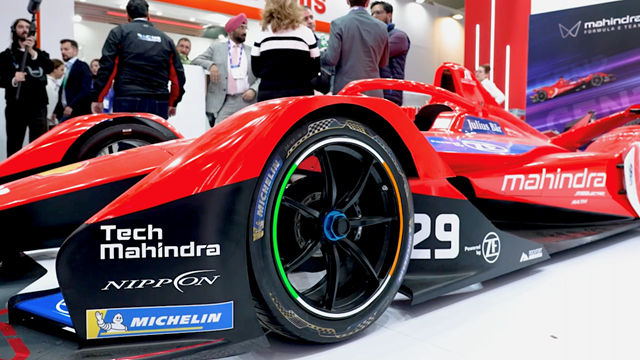Orange’s two-track IoT: LoRa for low power applications, LTE-M for high throughput

via Flickr © swimparallel (CC BY-SA 2.0)
- Orange to stick with LoRa for LPWAN IoT
- Has plotted two-track approach with LoRa and LTE-M
- Says main business need is its 2G to 4G transition to LTE-M
France-based telco, Orange, has announced that it intends to continue the deployment of its Low Powered (LPWAN) LoRa IoT network in France and is aiming for full national coverage by the end of the year. It does not intend to deploy NB-IoT, the 3GPP Low-Powered WAN offering in France, which some observers of the overall IoT scene had tipped to take over the narrowband end of the market once the technology was properly up and running and widely supported.
Instead it will pursue a two pronged approach. With an already large M2M customer base it is plotting a path from 2G (GPRS ) to 4G by supporting LTE-M, according to Arnaud Vamparys, Senior VP, Radio Networks at Orange. Part of that plan is to deploy dual mode (2G and LTE-M) devices to help migrate customers to LTE-M.
Meanwhile, Arnaud says, it will continue to push on with the success it’s so far had with low powered, lower cost LoRa, not only with the full French coverage, but with interoperability and roaming agreements with other telcos.
Orange’s LoRa network currently covers close to 4,000 towns, serves more than 100 enterprise customers and, crucially, enjoys a three year head start over NB-IoT with an extensive ecosystem of players and devices.
Given the head start and the large number of customers already on-board LoRa, there is no reason to change horses.
“Our main business need today is to migrate from 2G to 4G,” says Arnaud. “We think dual mode 2G/4G LTE-M is the right combination, with lower cost and lower energy consumption. So it’s not a question of putting one technology against the other,” he says. “It’s just, because of our footprint in Europe and Africa and the push of many of our operators.”
Arnaud says LTE-M is to be deployed on its 4G networks in Belgium and Spain this year before the rest of the Group’s European footprint where he says it can tackle a wide variety of IoT applications, from smart utility meters, asset monitoring trackers, vending machines and alarm systems to fleets of vehicles, heavy equipment, mHealth and wearables. LTE-M also has the great advantage of rapid deployment, since it involves a fairly simple software upgrade to the group’s existing global 4G network.
To supplement the effort to bridge 2G and 4G, Orange is also launching an ‘Open IoT Lab’ designed to boost the LTE-M ecosystem.
In other news: Orange today announced that it had lowered its stake in BT to around 2.66 per cent by selling off 133 million shares for £383 million pounds. Orange ended up with the shares when UK mobile operator EE was sold to BT, but since then the value of the shares has plunged. BT has been busy shooting itself in the foot with its Italian accounting scandal, lack-lustre sports TV venture and (less self-inflicted) ongoing regulatory threats to the status of its infrastructure arm, Openreach.
Email Newsletters
Sign up to receive TelecomTV's top news and videos, plus exclusive subscriber-only content direct to your inbox.




